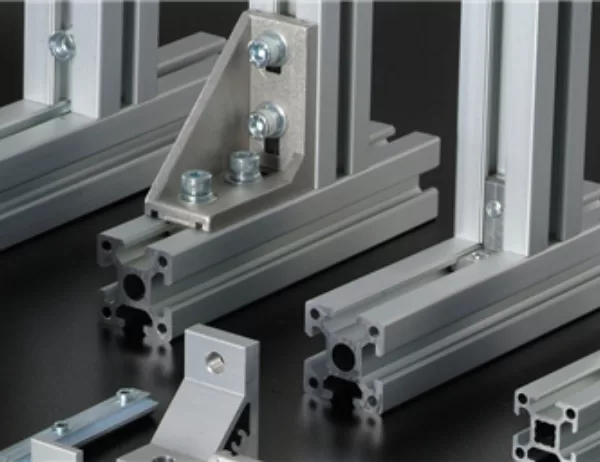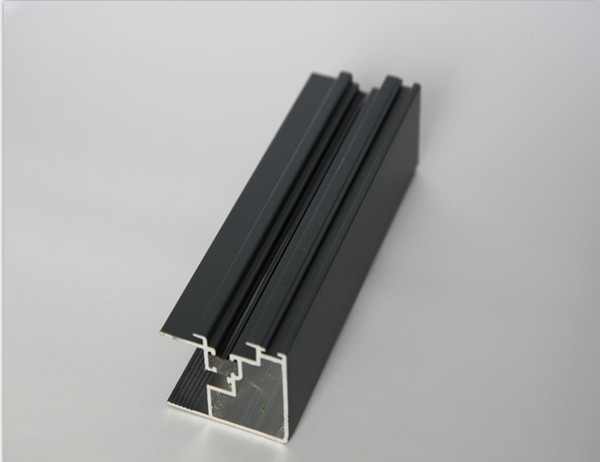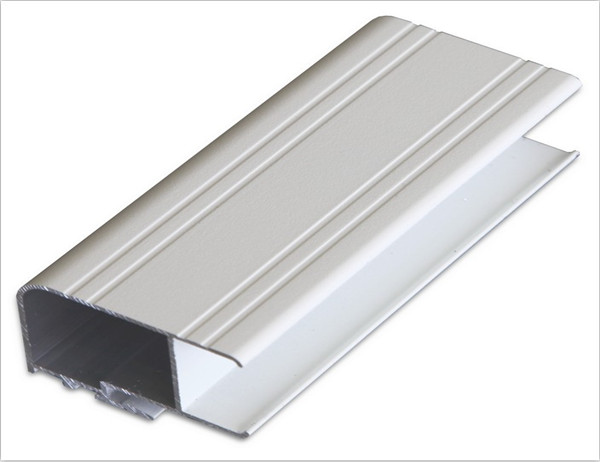Aluminum profiles, widely employed in various industrial applications, offer many advantages, including their strength, versatility, and corrosion resistance. However, similar to any material, working with aluminum profiles also entails certain safety considerations that must be carefully addressed to ensure the well-being of individuals involved in these processes.
Mechanical Hazards
Aluminum profiles, especially those with sharp edges or burrs, pose potential mechanical hazards to individuals handling them. Improper handling can lead to cuts, punctures, or lacerations. To mitigate these risks, it is essential to wear appropriate personal protective equipment (PPE) such as gloves and safety glasses while working with aluminum profiles. Additionally, proper care should be taken to remove any burrs or sharp edges using appropriate tools and techniques.
Chemical Hazards
Certain processes involving aluminum profiles, such as welding or cutting, can generate potentially harmful fumes and gases. Inhalation of these fumes can cause respiratory irritation, dizziness, or even more severe health effects such as aluminum-induced pulmonary fibrosis. To ensure a safe working environment, adequate ventilation must be provided to disperse these fumes effectively. Proper respiratory protective equipment, such as respirators or fume extractors, should also be used when necessary.
Electrical Hazards
Aluminum profiles can conduct electricity, posing electrical hazards if they come into contact with live electrical components or circuits. This can result in electric shock or burns. To prevent such incidents, proper grounding and insulation measures must be implemented. Electrical equipment should be regularly inspected and maintained to ensure it is in good working condition. It is also important to use insulated tools and wear appropriate PPE when working near electrical sources.
Ergonomic Hazards
Repetitive tasks or improper handling of aluminum profiles can lead to ergonomic hazards such as muscle strains, sprains, or cumulative trauma disorders. To minimize these risks, proper lifting techniques should be employed, and workstations should be ergonomically designed to reduce awkward postures and repetitive motions. Regular breaks should be taken to prevent muscle fatigue and strain.
Fire Hazards
While aluminum itself is not flammable, it can contribute to fires in certain circumstances. Aluminum shavings, for example, can react with water to produce hydrogen gas, which is highly combustible. Additionally, aluminum dust can be explosive if it accumulates in sufficient quantities. To prevent fire hazards, proper housekeeping practices should be maintained, and ignition sources should be kept away from aluminum shavings or dust.
Conclusion
Recognizing and addressing the safety considerations when using aluminum profiles in industry is crucial for maintaining a safe and healthy working environment. By implementing proper mechanical, chemical, electrical, ergonomic, and fire safety measures, organizations can minimize risks and ensure the well-being of individuals involved in these processes. It is essential for employers to provide appropriate training, resources, and supervision to employees to ensure they are aware of these hazards and follow safe work practices consistently.




